Patek Philippe’s 6301P features not only a grande sonnerie with a petite sonnerie and a minute repeater, it also comes with a patented “seconde morte” jumping subsidiary seconds. We delve into its many complexities in this feature from our archives.
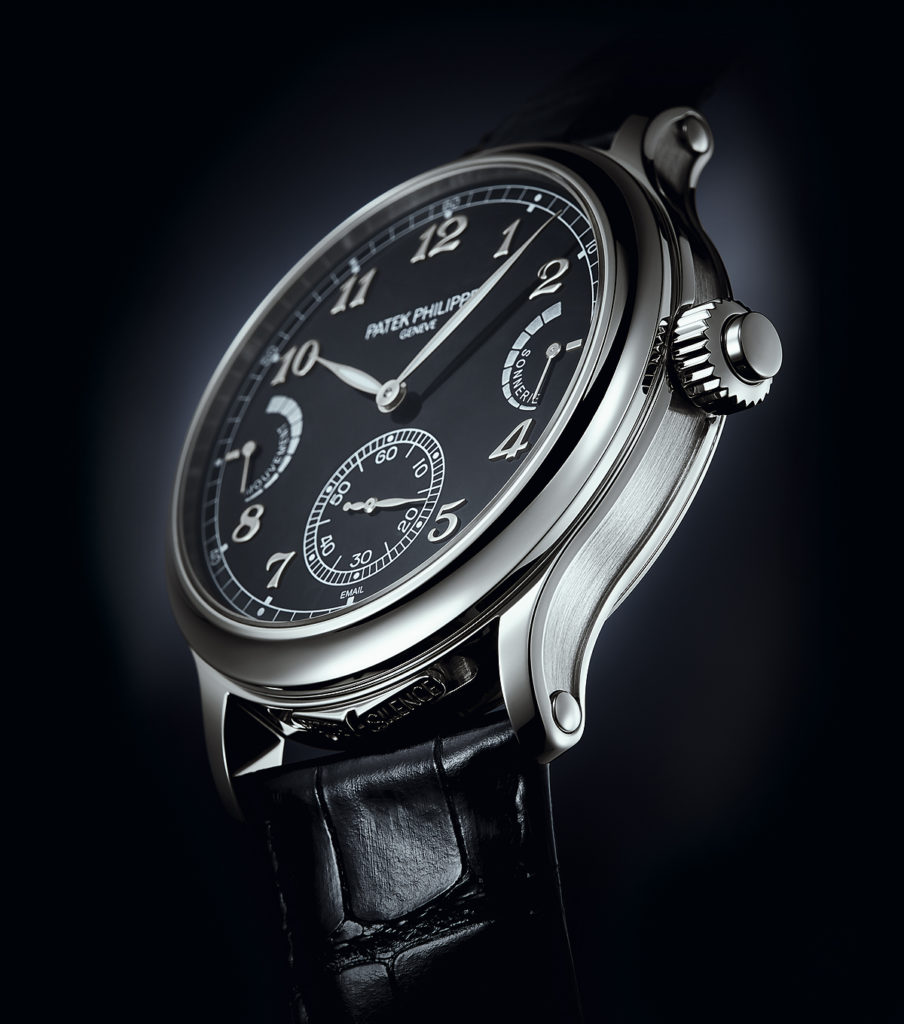
In the world of haute horlogerie, hardly anything is as exclusive and alluring as a chiming watch. Often described as the ultimate single complication in watchmaking, only a few manufacturers are at present capable of producing them in-house. Unsurprisingly, it is estimated that only a few hundred minute repeaters are produced in Switzerland each year, and only a handful of them are grande sonneries — chiming watches that automatically strike the full hours and the quarter hours. Last November, in time for Philippe Stern’s 82nd birthday, the independent Genevan manufacture Patek Philippe added a new member to its already impressive collection of repeater watches, the Ref. 6301P Grande Sonnerie. It features three classic gongs and two patents for the striking mechanism and the jumping small seconds at 6 o’clock. It is also the first Patek with a grande sonnerie “in its purest manifestation.”
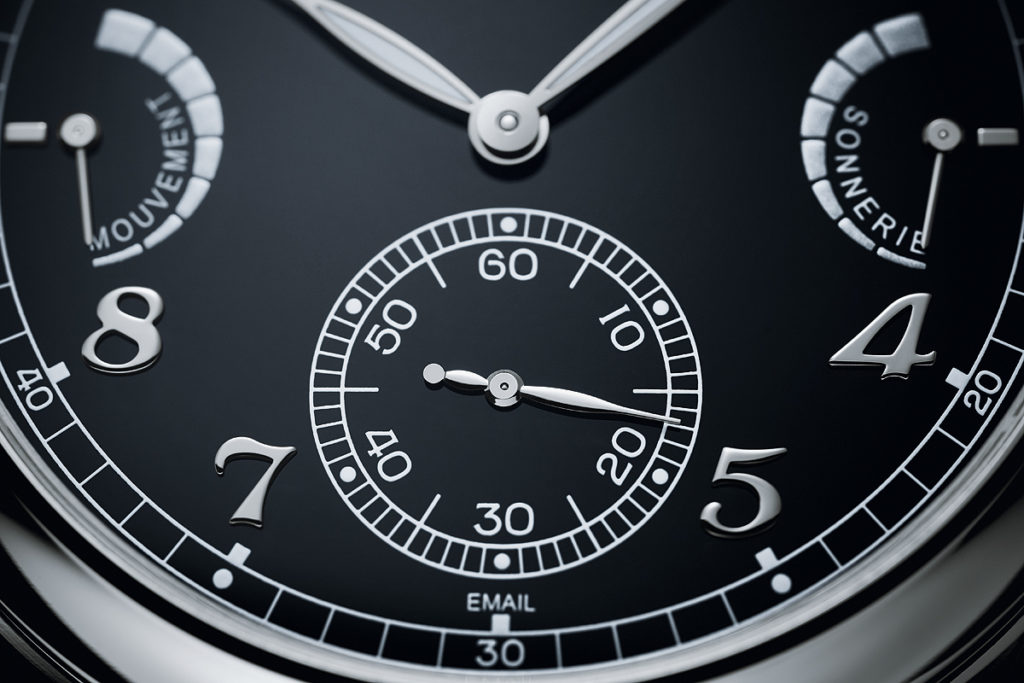
While the invention of the chiming clock is generally credited to English watchmaker Daniel Quare (1647/49 – 1724), Patek Philippe began producing striking watches right from the start. In September 1839, just four months after it was founded, the manufacture already entered the first timepiece of this kind in its journal, a pocketwatch with a repeater (which was sold for CHF 450). In 1850, entries of pocketwatches with a grande sonnerie appeared in the same journals. The catalog of the 1851 “Great Exhibition” in London (the first world exposition, attracting six million people from May to October) mentions “repeaters” and “watches with automatic strikeworks” as specialties of Patek Philippe. This was followed in 1860 by Patek Philippe’s first pocketwatches with minute repeaters, then in the course of the 19th century, by further timepieces with quarter repeaters, five-minute repeaters and minute repeaters. More precisely, the first wristwatch from Patek Philippe with a five-minute repeater, No. 174603, was a ladies’ model with platinum case in 1916, followed by the brand’s first wristwatch minute repeater sold in 1925 to Ralph Teetor (Aug. 17, 1890 – Feb. 15, 1982), the blind inventor who later developed the automobile cruise control system.
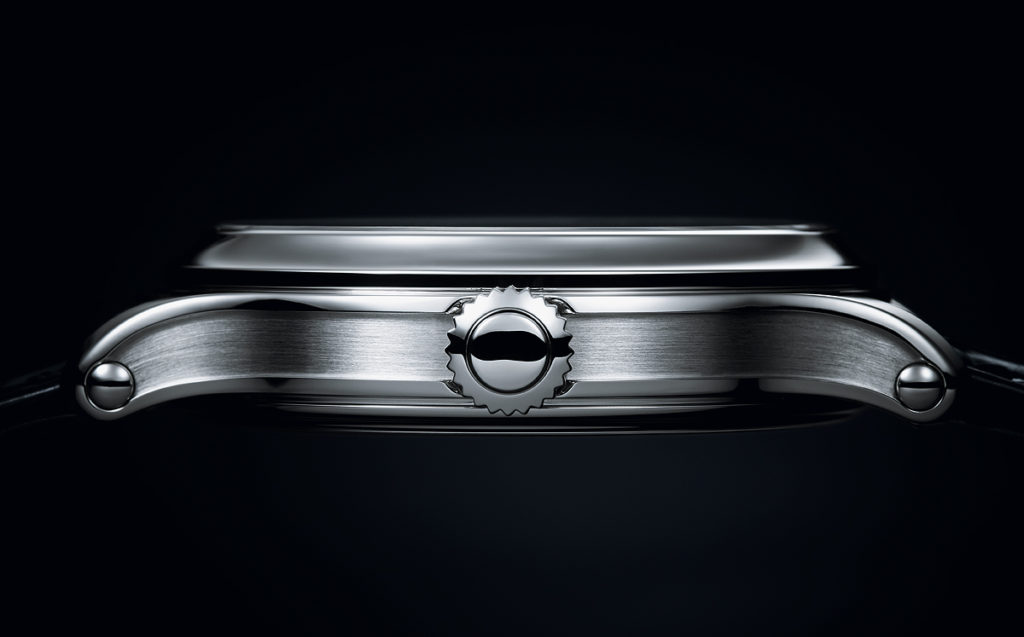
Fast-forward to 1989, the year Patek Philippe celebrated its 150th anniversary: the launch of the Caliber 89 also marked the rebirth of the Patek Philippe’s chiming watch expertise. Featuring 33 complications, “the world’s most complicated portable mechanical timepiece for more than a quarter century” also included the grande/petite sonnerie and minute repeater on four gongs. Shortly thereafter, Patek Philippe resumed regular production of repeaters, and today, every single one is personally checked by Thierry Stern, President and Chief Executive of Patek Philippe, before it leaves the workshops.
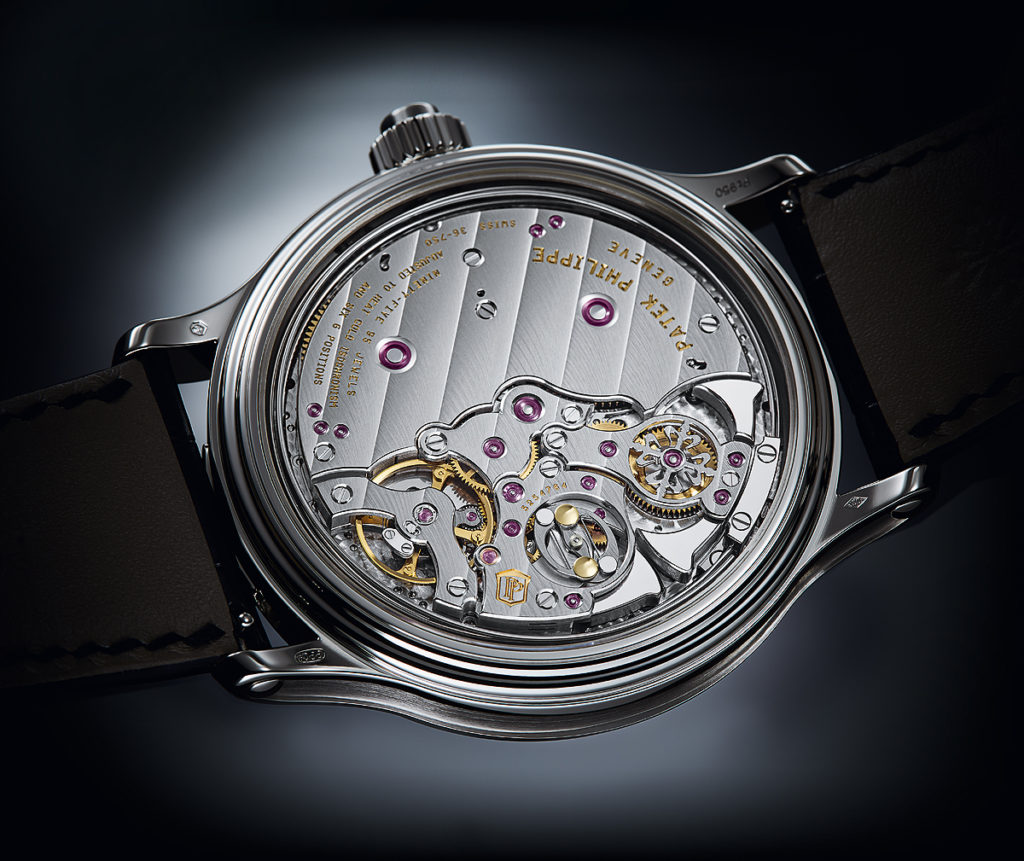
A New Movement Derived from the Caliber 300
For the 6301P, Patek Philippe obviously had to develop a new movement. As a starting point, the team chose the Caliber 300 of the Grandmaster Chime (the Ref. 5175, introduced in 2014, is the most complicated wristwatch movement Patek Philippe has produced so far). Consisting of 703 parts (as a comparison, the Grandmaster Chime’s Caliber 300 has 20 complications and 1,366 parts), the new manual-wind Caliber GS 36-750 PS IRM (diameter: 37 mm, height: 7.5 mm) was equipped with two tandem-connected twin mainspring barrels, one for the going train and the other for the chiming mechanism. This setup offers a power reserve of 72 hours for the movement, and of 24 hours for the strikework, which allows the watch to strike the full hours and the quarter hours during an entire day, and — thanks to a uniform torque characteristic — to also offer optimized sound intensity. The two twin mainspring barrels are wound with the crown pushed in and rotated clockwise to wind the going train and counterclockwise to wind the strikework. The four mainsprings feature slip bridles to avoid over-tensioning. Patek has also opted for a silicon hairspring, which shows both the manufacture’s commitment to using the high-tech material, but also highlights the contrast to a watch and movement that are in its essence clearly designed and decorated in a much more traditional style.
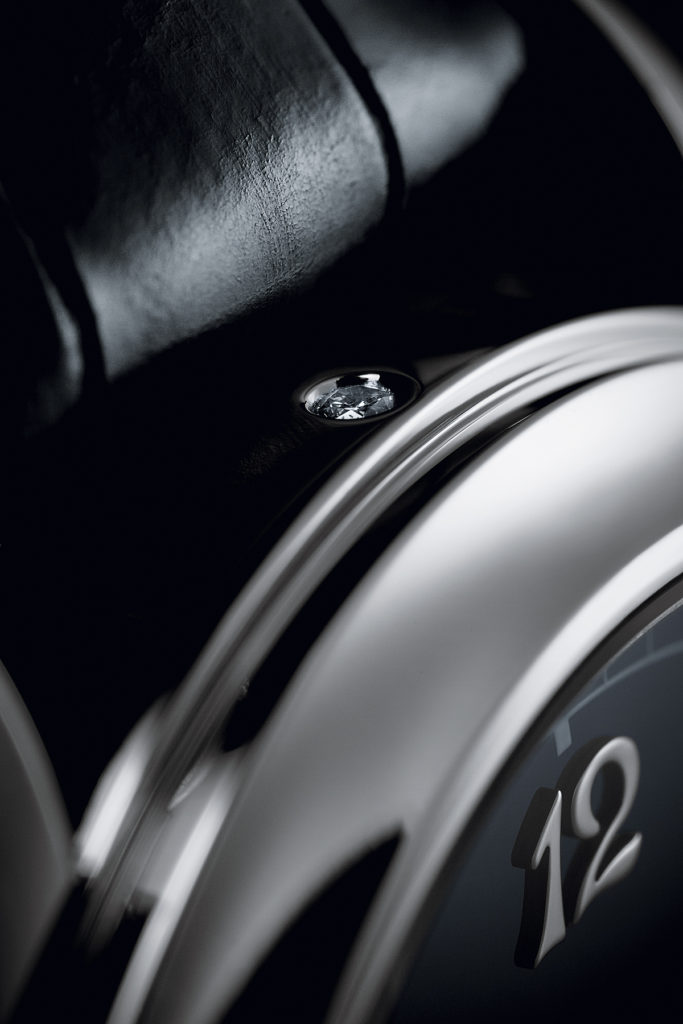
When it comes to the strikework, perhaps the world’s first “push notification” ever, Patek Philippe opted for three classic gongs — low, medium, high. This technical option requires more energy than the more common systems with two gongs. It also complicates the watchmaker’s work when tuning each gong until all three create the desired sound. Attached to the movement, the three gongs must not touch one another nor other parts of the case or movement despite the compact space in which they hover. Three hammers of identical size and mass provide a uniform strike for all three pitches. The hours are struck on a low-pitched gong, the quarter hours with a three-strike high-low-medium sequence. The melody for the first quarter hour (15 minutes) sounds once, for the second quarter hour (30 minutes) twice and for the third quarter hour (45 minutes) three times. Each quarter-hour sequence is automatically preceded by the number of elapsed hours, and followed by the number of quarter hours. Thanks to the energy stored in the twin mainspring barrel of the strikework, this adds up to an impressive total of 1,056 strikes in 24 hours. Owners of a 6301P can also select the strikework mode petite sonnerie; it strikes the full hours but omits the repetition of the hours when striking the quarter hours. In the silence mode, the automatic time strike is switched off altogether.
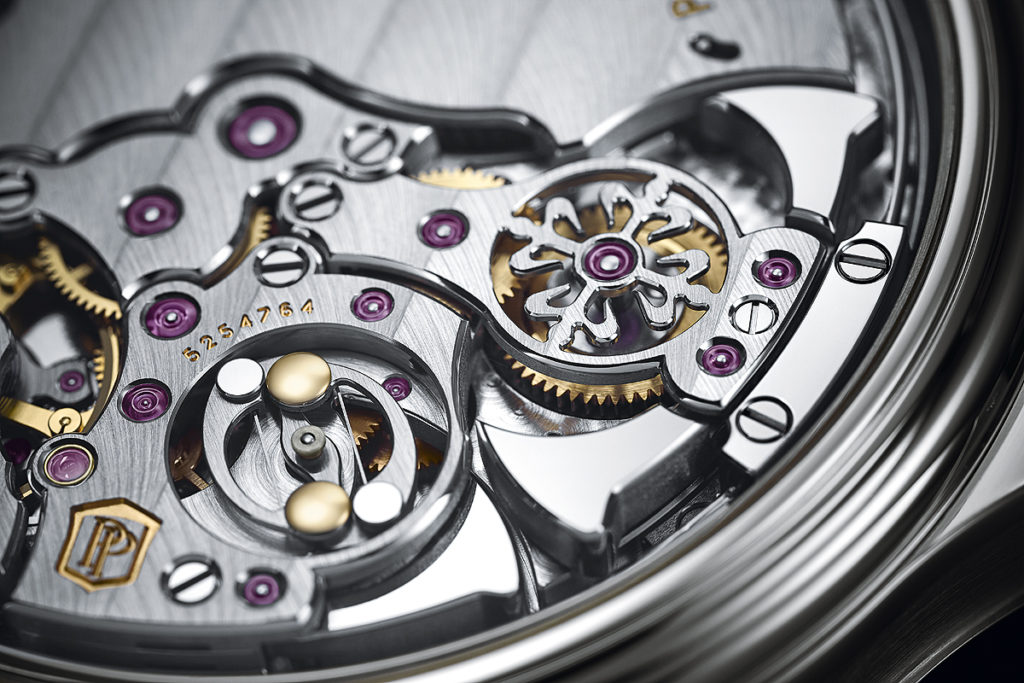
The selection of the strikework mode is performed with a slide switch in the caseband at 6 o’clock. The petite sonnerie mode is on the left adjoining the grande sonnerie mode in the middle and silence on the right. This special feature is the subject of a patent that was already developed for the Patek Philippe Grandmaster Chime and describes a mechanism that enables the selection and activation of the strike mode with a single slide switch. Previously, two switches were needed to execute these steps. Another patent, also developed for the Grandmaster Chime, allows the complete isolation of the grande sonnerie in the silence mode, eliminating power consumption. On request, the minute repeater can be triggered by pressing the pusher in the crown at 3 o’clock. In response, it strikes the number of hours with low tones, the quarters with three-strike sequences (as in the grande sonnerie mode), and, on the higher-pitched gong, the number of minutes that have elapsed since the last quarter hour. The minute repeater can be triggered at any time, even if the slide is set to the silence mode.
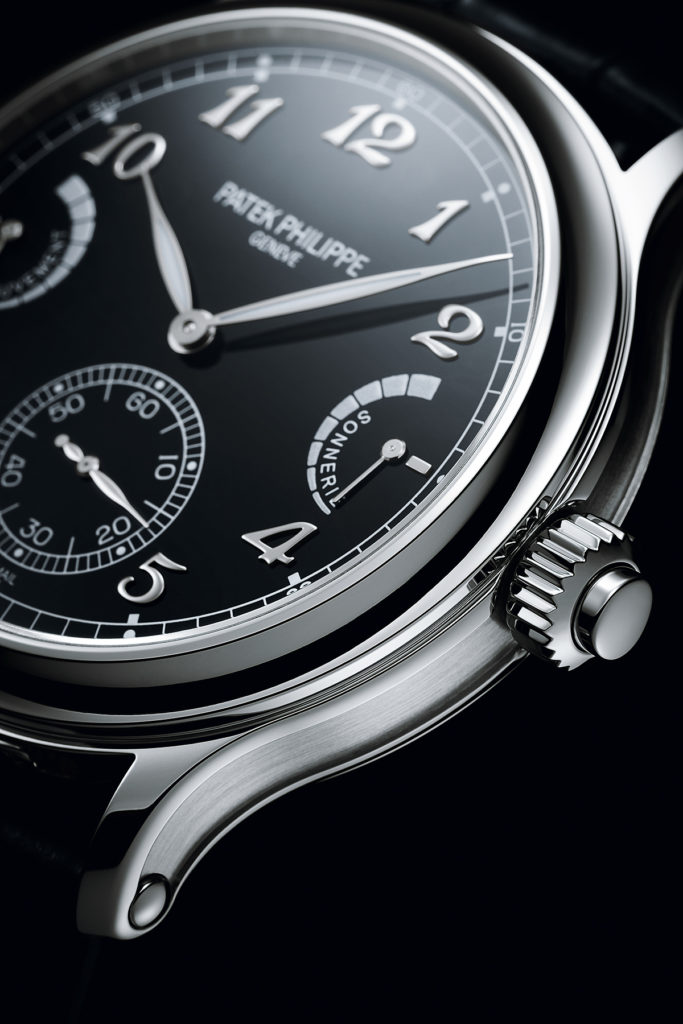
According to Patek, one of the challenges was the integration of a small jumping seconds display at 6 o’clock, something that was never done with a grande sonnerie. Based on the four patents of the 175th-anniversary model, the Ref. 5275 Chiming Jump Hour, the 6301P does not rely on jumper springs as usual but instead comes with wheels and a release lever that instantaneously unblocks the wheel train every second, making energy consumption easier to regulate and control.
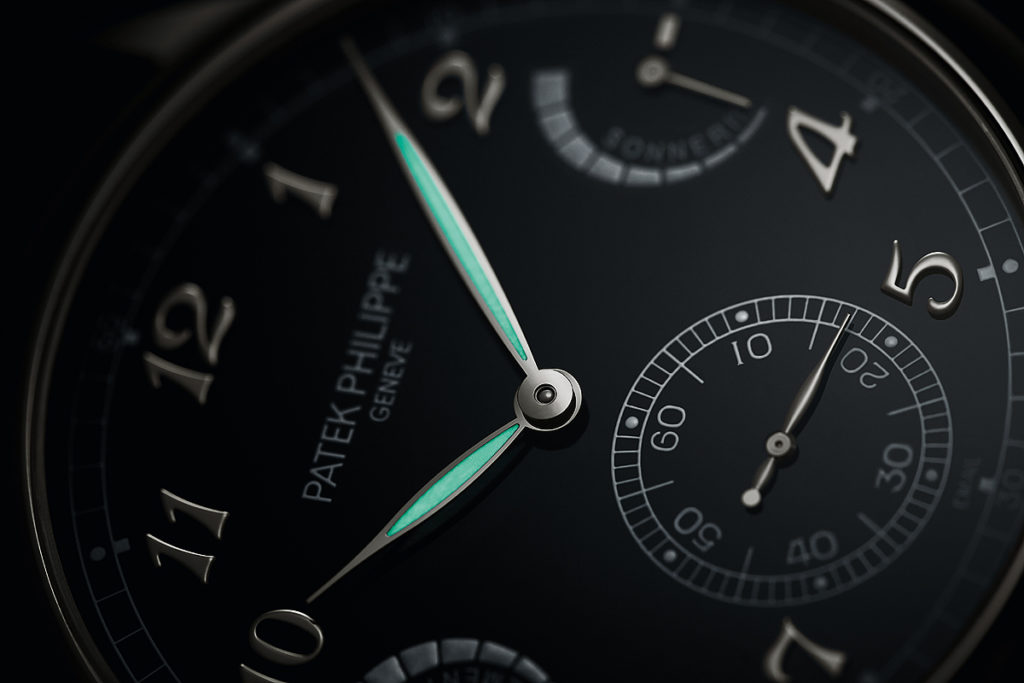
When we asked Thierry Stern about the biggest challenge the 6301P posed, he did not have to think long: “Definitely the sound. It is always a huge challenge, especially for this one. With three gongs, it is not easy at all to find the perfect harmony. Each of the gongs alone, it is easy to do, but when you have to mix the three of them, in one case, and they should not touch each other, and they should have the same harmony altogether, especially for the quarter, this is really a challenge. And that’s where I am happy to have, I would say, a lot of experience, thanks really to my dad [Philippe Stern]. Because when I started at Patek, I was 19 years old, the first thing he did, he took me in those validation meetings when he had to listen to the minute repeaters. Since then I’ve been listening to a lot of them, and today I am able to find new ideas, you know. I am not good enough to do it myself, but I am very good at imagining how far we can go and what we should try. And that was a very beautiful challenge to do; with this watch, for example, we found some new diameter and some new ideas as to how to improve the sound, and that is something very important. Because at the end of the day, when you buy a minute repeater, we can all listen to the piece and say ‘it is nice,’ or not; you don’t need to be a professional, you know, writing an article, that’s something not all of us can do. But listening to music and to say ‘it is nice’ or ‘not nice,’ all of us can do it. So it is really a challenge, you know, to find the perfect harmony that will suit the watch, especially on the platinum case. But that was the point for me, that was my target — to say ‘we can do it.’”
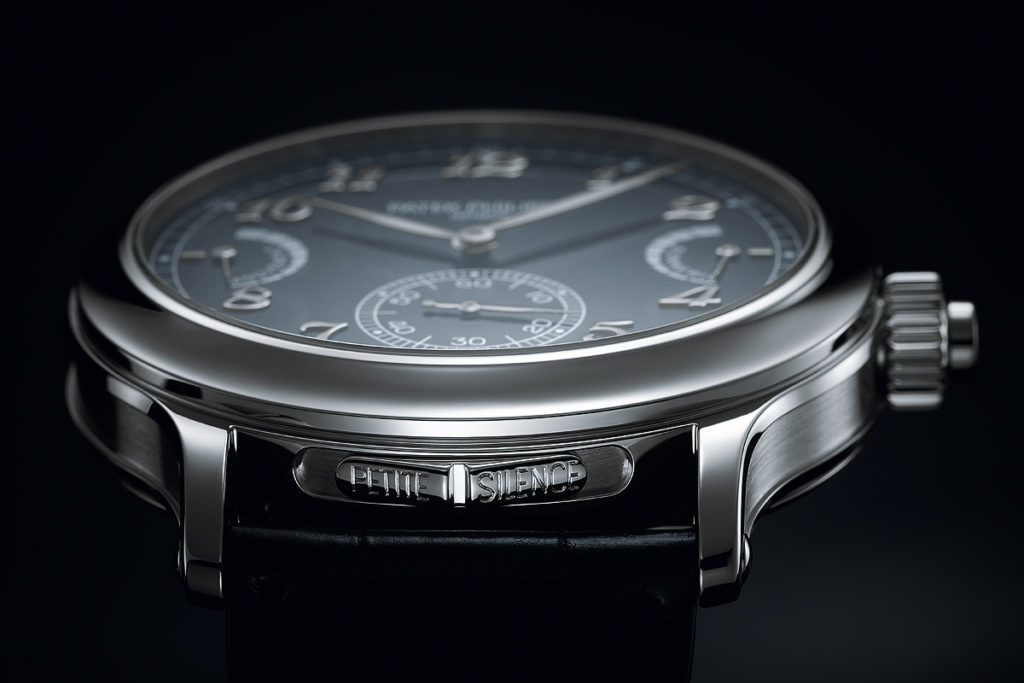
The new Ref. 6301P is part of the brand’s regular collection (although its complexity limits production to a few pieces per year), and its price tag is CHF 1,150,000.
SPECS:
Manufacturer: Patek Philippe SA Genève, Chemin du Pont-du-Centenaire 141, 1228 Plan-les-Ouates, Switzerland
Reference number: 6301P
Functions: Hours, minutes, small seconds, grande and petite sonnerie, minute repeater
Movement: Caliber GS 36-750 PS IRM, manually wound mechanical movement; grande and petite sonnerie, minute repeater on 3 gongs; jumping seconds; strikework mode indicator (petite sonnerie, grande sonnerie, silence); power-reserve indicators for movement and strikework
Case: Platinum 950 with a flawless Top Wesselton diamond between the lugs at 12 o’clock; not water-resistant but protected against moisture and dust; sapphire crystal caseback and interchangeable solid platinum caseback
Strap and clasp: Hand-stitched alligator leather with large square scales, platinum folding clasp
Dimensions: Diameter = 44.8 mm, height = 12 mm
Price: CHF 1,150,000

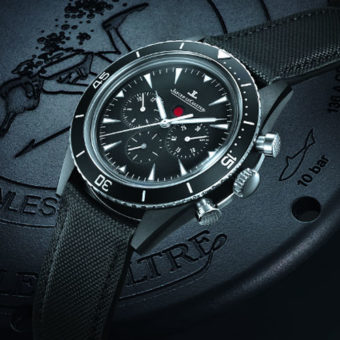


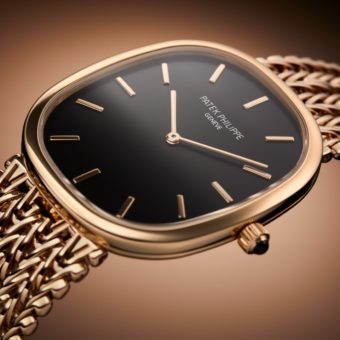

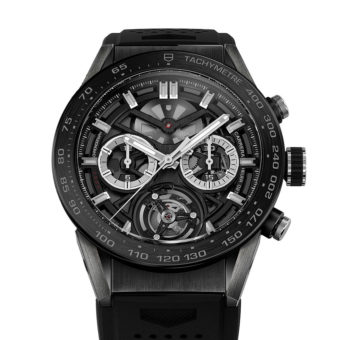
Thank you Roger, I so appreciate your ability to present pieces like this Patek so mere mortals like me can experience to some degree the beauty of watches like this. Unfortunately I’m not going to be able to get the watch out of my mind.
1.1 million Swiss Francs for a watch that doesn’t even have a date wheel. Really? Really?
Businetech Watch
Over a mill and no date? Crazy money. Love Patek, but…
Will I have to orchestrate an invasion of Switzerland to get one?
This is love (again) pure and simple…
I think I need to sell my house !
Why the word “EMAIL” on the dial at 6 O’clock?
French for enamel
Why is email written on the dial?